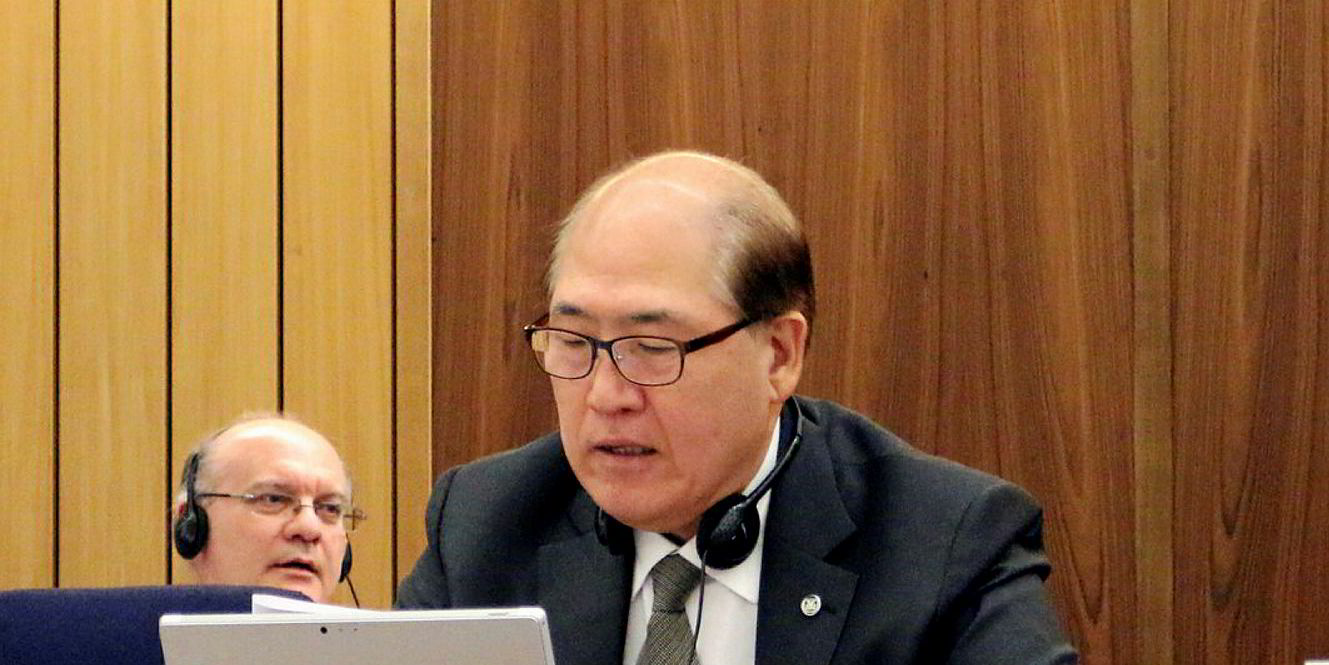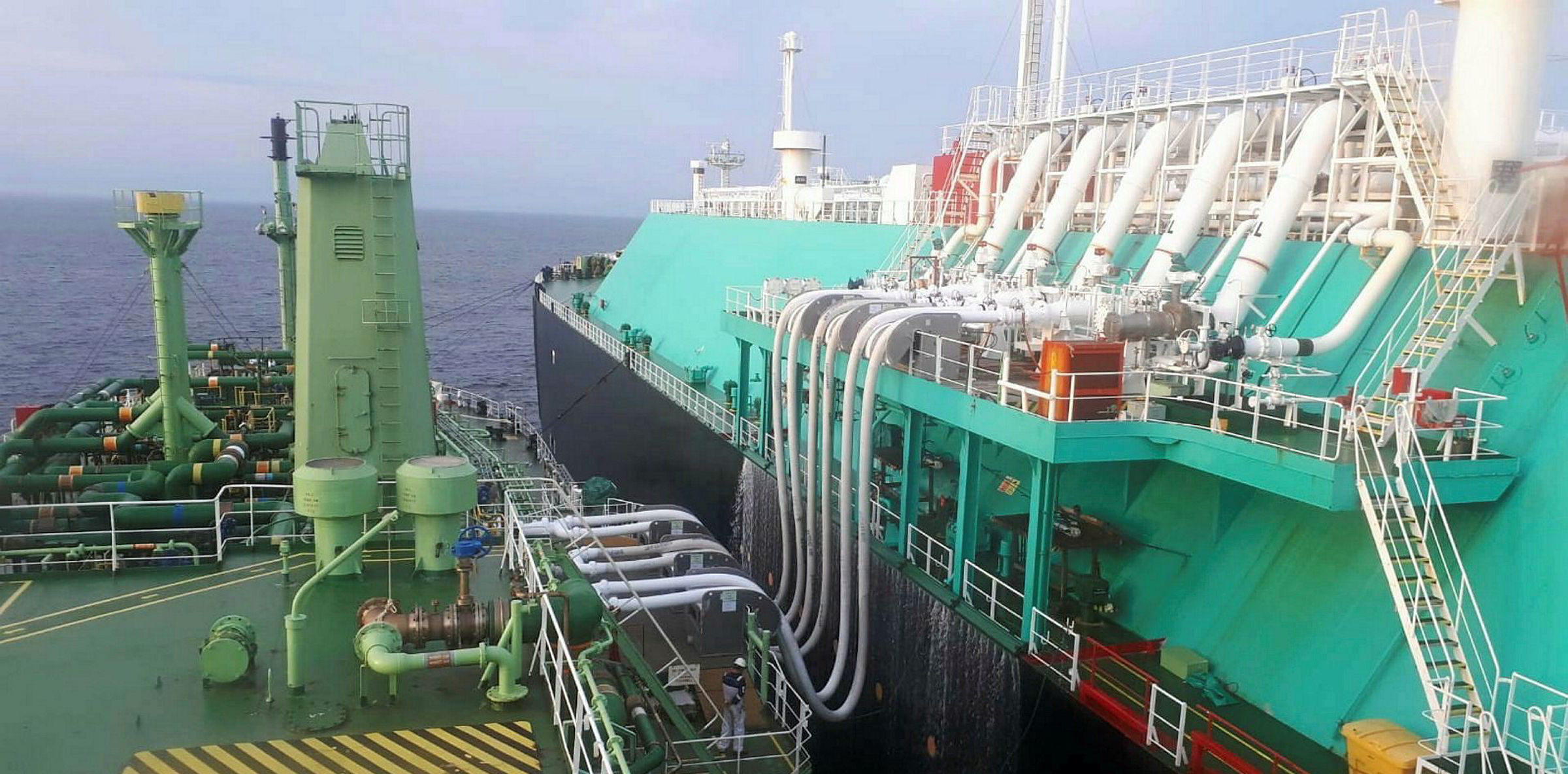Cruise majors are looking to marine gasoil (MGO), high-sulphur fuel oil (HSFO) with scrubbers and LNG to meet the IMO's 0.5% bunker sulphur limit coming into force.
Arnold Donald-led Carnival Corp, the world's largest player, with 106 ships across nine brands, has scrubbers on about two-thirds of its fleet and aims to have them on 85% by 1 January 2020.
It plans to use MGO or LNG on its remaining vessels to meet the IMO deadline, having launched one fully LNG-powered ship last year with 10 more on order.
Royal Caribbean Cruises and Norwegian Cruise Line are also relying heavily on scrubbers.
Richard Fain-led Royal Caribbean will have a fleet of 63 ships, including those of majority-owned Silversea Cruises, and 54% of those will have scrubbers by 2020. The rest will run on LNG and MGO.
Smaller rival Norwegian Cruise Line Holdings, which has 26 ships, is aiming to have 65% of its fleet fitted with scrubbers by the deadline, using MGO for the rest.
Open-loop bans
The devices may tick the IMO 2020 compliance box, but port bans on open-loop systems might keep ships from key tourist destinations, Stand.earth senior shipping campaigner Kendra Ulrich says.
We don’t believe any restrictions are necessary based on the research data, and we have yet to find a port that has made such a decision based on the actual science
Roger Frizzell
"This may present significant challenges for the cruise sector actors that have invested heavily in EGCS [exhaust gas cleaning systems] as a 2020 compliance mechanism," she says.
Nations banning the systems' use in some or all of their ports include the US, China, Singapore, the United Arab Emirates, Germany and Lithuania, while Norway and key Mediterranean countries may soon follow.
Carnival spokesman Roger Frizzell says restrictions have been placed on a small number of ports worldwide, and his company's scrubbers meet or exceed IMO requirements.
"We don’t believe any restrictions are necessary based on the research data, and we have yet to find a port that has made such a decision based on the actual science," he says.
Scrubbers are a starting point to environmental practices but not the end-all solution, says Lucy Gilliam, aviation and shipping officer for Belgian environmental group Transport & Environment (T&E).
"Scrubbers are basically a way of taking sulphur and other contaminants out of the air and putting them into the sea," she says.
LNG's 'fugitive emissions'
Ulrich says LNG is not an optimal solution to IMO 2020 either because "fugitive emissions" are released into the air from pipelines, gas wells, fracking and engine combustion.
"Recent research shows that there are more fugitive emissions and slippage than previously understood," Ulrich says.
LNG may be less harmful than HSFO and MGO, but its emissions fall short of the IMO's 2030 and 2050 greenhouse-gas reduction goals, Ulrich says.
Carnival lowered grams of CO2 per available lower berth kilometre from 300 in 2013 to 261 in 2016.
As you can see, Carnival has reported very slow progress even on the intensity reductions that it has committed to when compared to Royal Caribbean
Kendra Ulrich
Royal Caribbean's results declined from 128 grams to 118 grams, a study by Australia's Griffith University shows.
"As you can see, Carnival has reported very slow progress even on the intensity reductions that it has committed to when compared to Royal Caribbean," Ulrich says.
However, the cruise sector's total greenhouse gas output has risen 0.3% to 19,325 kilotons.
Norwegian Cruise Line does not disclose its greenhouse gas figures.
"Without hard figures on their CO2 emissions, their claims of environmental stewardship cannot be taken seriously," Ulrich says.






